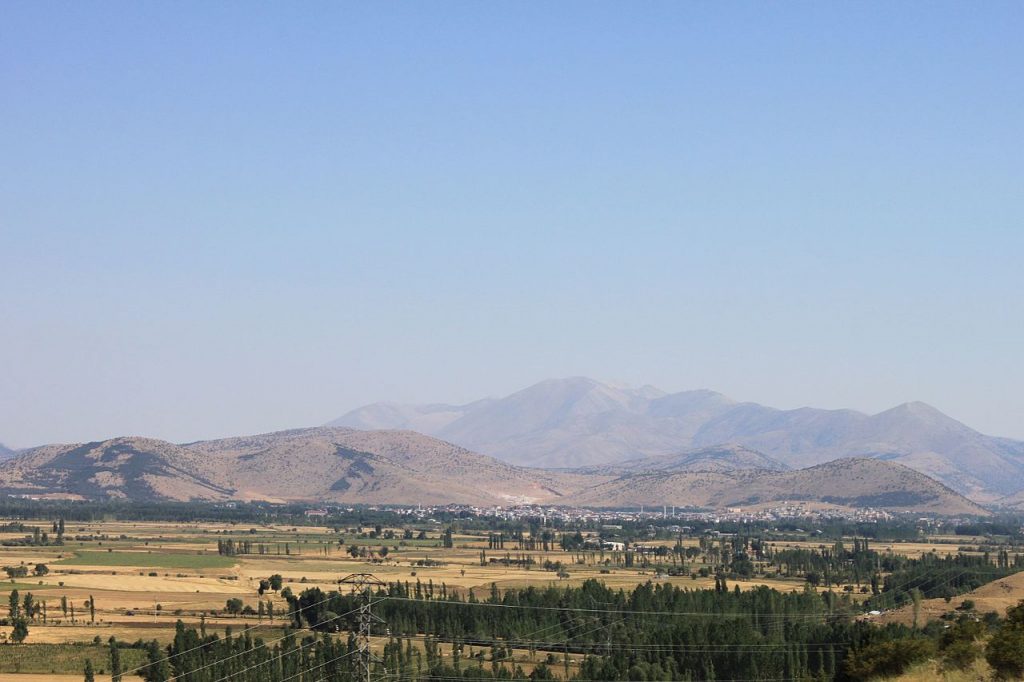
Armenian Population
According to the pre-war census of the Armenian Apostolic Patriarchate of Constantinople, there lived 9,505 Armenians in 18 localities of the kaza. They maintained 12 churches and one monastery.[1]
Destruction
“The principal town of the kaza and the surrounding villages had a total Armenian population of nearly 3,000. Göksun (pop. 380), Hüyük (pop. 120), Kirec (pop. 650), Gölpunar (pop. 150), Taşoluk (pop. 600) and Sevirmendere (pop. 400), together with the outlying farms were the first localities to be evacuated. Further to the south, the deportations targeted the town of Geben, with a Turkish-speaking Armenian population of 3,000, as well as the villages of Devirmenbaşı, Çukur, and Bunduk (pop. 245). The last big group of Armenian villages affected by the deportations was located near the town of Furnuz, in the southern part of the kaza. A total of 3,000 Armenians lived there, including the inhabitants of six outlying villages, among which were Çağlağan and Telemelik, and on some 15 farms located somewhat further off, where 300 people lived. The kaymakam, Garib Bey, who held his post from 7 February 1914 to 25 October 1915, played a central role in organizing these operations, carried out by the army. Dr. Fred Shepard of the American Hospital in Ayntab [Antep] notes, for example, that in Geben the women were doing their wash in the laundry when the order for immediate deportation was issued, and they were forced to leave without being able to take anything at all with them. As for their men, they were deported separately.”[2]